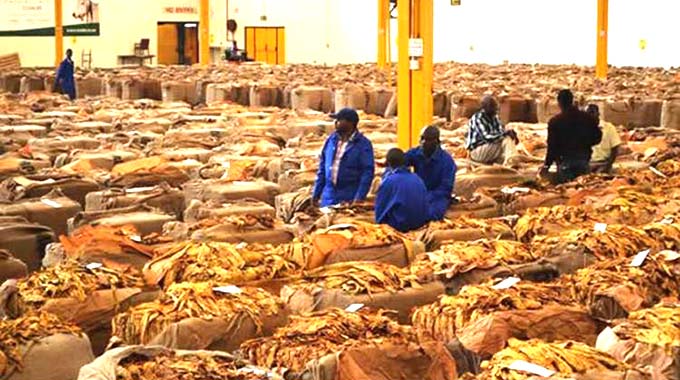National herd move towards six million

Herald Reporter
The cattle herd is set to rise to six million by 2025 from the present 5,4 million following the launch of the Livestock Growth Plan (2020-2025) which is expected to give sustainable solutions to challenges faced by farmers and ranchers through support from Government, the private sector and development partners.
The Livestock Growth Plan, which was recently launched by President Mnangagwa, is part of the Agriculture and Food Systems Transformation Strategy that is expected to turn agriculture into an US$8,2 billion industry by 2025 and contribute towards the achievement of Vision 2030, where Zimbabwe reaches an upper middle income economy.
A document crafted by the Lands, Agriculture, Water and Rural Resettlement Ministry shows that livestock is an important source of income for two thirds of rural households and contributes significantly to inclusive growth of the agriculture sector and the economy, as well as food and nutrition security.
Plans are underway to earn significant foreign currency for the country through livestock.
The plan was crafted after it was realised that the growth of livestock farming was stagnating, characterised by low production and productivity.
“The major challenges affecting the livestock sector are associated with animal health, sanitary and food safety issues; availability of adequate nutrition in feed, pastures, fodder and water, genetic improvement issues, and access to infrastructure suitable for accessing lucrative domestic, regional and international markets; and inadequate financial resources,” said the ministry.
According to the plan, beef production is expected to grow from 50 000 tonnes to 90 000 tonnes, milk production from 79,9 million to 150 million litres, while the dairy herd will grow from 38 000 to 60 000.
It is also envisaged that irrigated pastures will grow from 100 hectares in the smallholder sector to 500 hectares, while sheep numbers will increase from 522 955 to 800 000, goats rising from 4 360 838 to 6 million, the commercial sow herd from 20 000 to 25 000 and pork production from 16 600 tonnes to 22 000 tonnes.
“The growth plan is anchored on coordinated multi-stakeholder responses to livestock value chain challenges,” reads the document. “The public sector interventions will be expected to leverage private sector and development partners’ funding through existing or new projects, especially those aimed at scaling up successful interventions.
“The transformation of the livestock sector through the Livestock Growth Plan is premised on improved animal nutrition and development of pasture green belts. The programme will explore partnerships involving Government, private sector and community to establish a span of one kilometre irrigated pastures along rivers and around identified water bodies in the drier areas of the country.”
Pastures will be divided into paddocks and will serve as business centres for rotational grazing and marketing of animals on a cost recovery basis for sustainability.
Surrounding communities will benefit from fodder on a cost recovery basis.
There will be a vaccination programme for foot and mouth disease, with 650 000 animals in areas adjacent to national parks being vaccinated twice every year in August and March, to prevent transmission from buffaloes to cattle.
The ministry will spearhead the local production of vaccines for tick-borne diseases to reduce the import bill.
The plan is expected to ride on the EU-funded Zimbabwe Agriculture Growth Programme to complete the renovation of the vaccine production unit at the Central Veterinary Laboratory for production of January Disease vaccine.
The Department of Veterinary Services will engage an expert in foot and mouth vaccines to carry out a detailed feasibility study on the establishment of the vaccine production plant to guide the roll-out.
Dip tank rehabilitation and construction of new dip tanks is also expected to improve animal health.









Comments